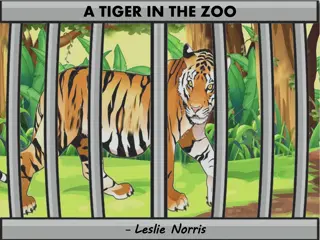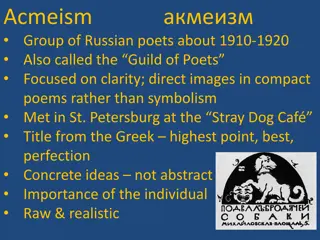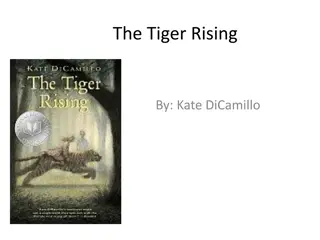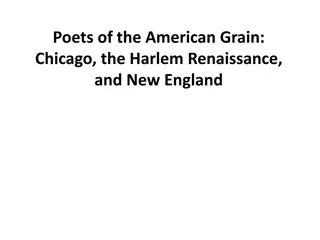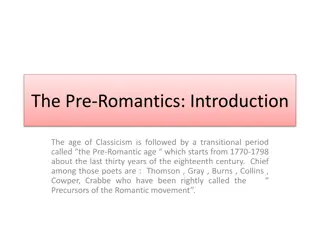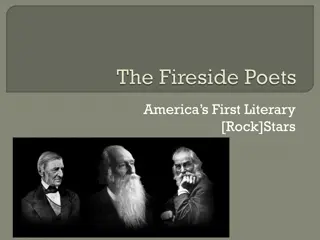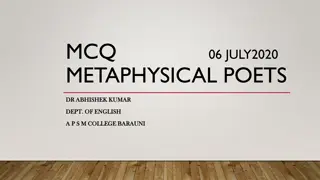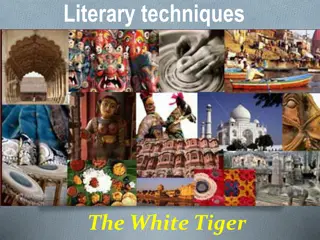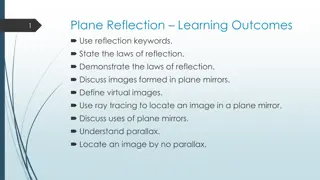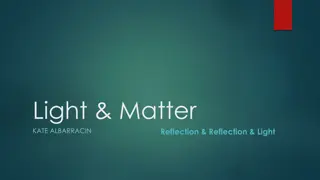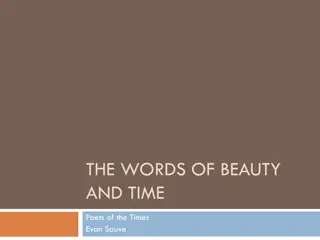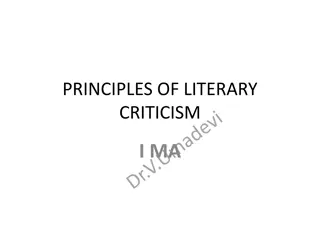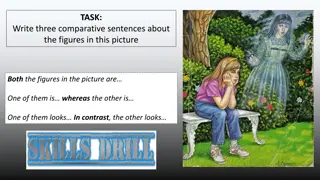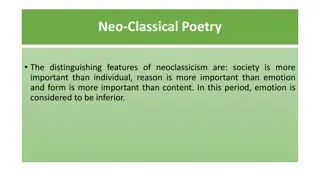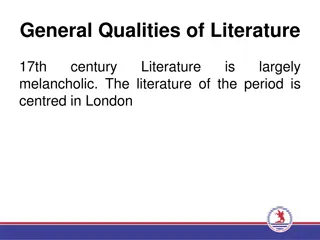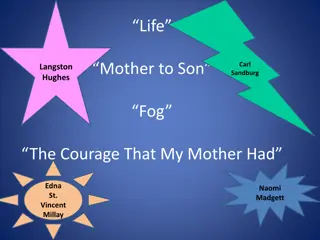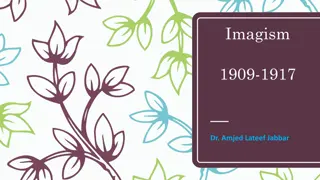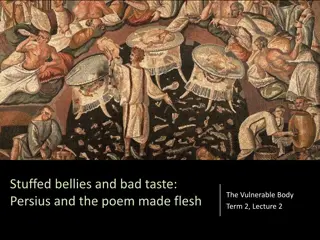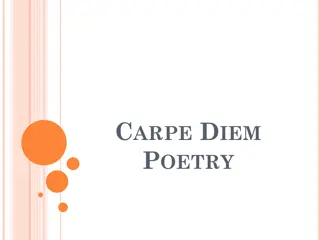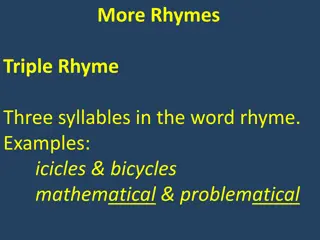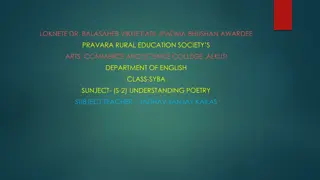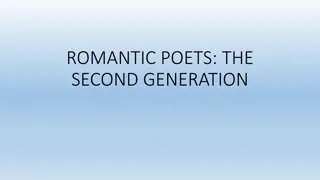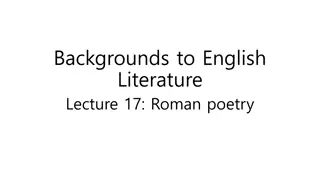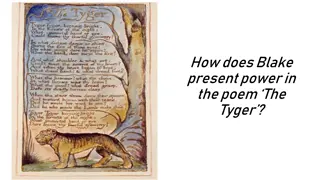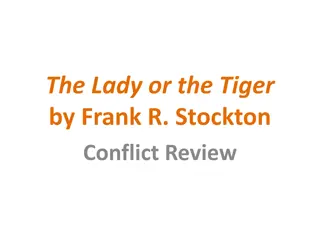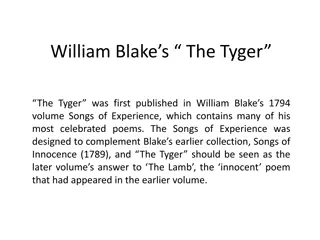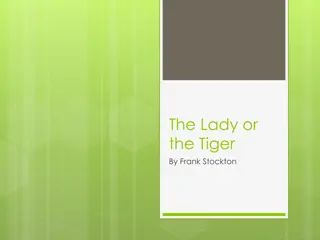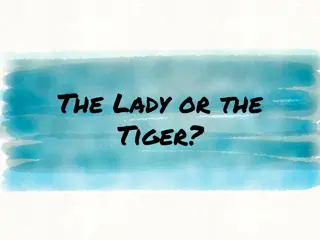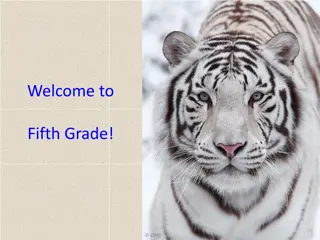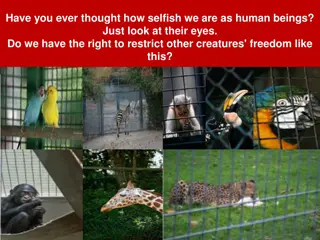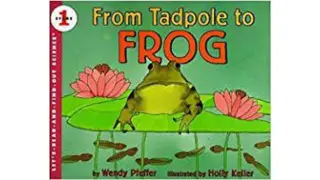The Agony of a Caged Tiger: A Poet's Reflection
George Leslie Norris was a renowned Welsh poet and short story writer who explored the theme of captivity through his works, particularly focusing on the plight of a caged tiger. He vividly contrasts the tiger's confinement in a zoo with its natural habitat, highlighting the loss of freedom and dignity experienced by such a majestic creature. Norris emphasizes the importance of preserving the wild habitats of animals like the tiger and cautions against human encroachment on their natural environments.
Download Presentation

Please find below an Image/Link to download the presentation.
The content on the website is provided AS IS for your information and personal use only. It may not be sold, licensed, or shared on other websites without obtaining consent from the author. Download presentation by click this link. If you encounter any issues during the download, it is possible that the publisher has removed the file from their server.
E N D
Presentation Transcript
George Leslie Norris (1921-2006) was a prize winning Welsh poet and short story writer. He is considered as most important Welsh writers of the post war period and his literary works have won many prizes. His famous works are Finding Gold, The loud winder, phoenix living poets series: Ransoms, etc. Up to 1974 he earned his living as a college lecturer, teacher and headmaster. From 1974 he combined full-time writing with residencies at academic institutions in Britain and the United States.
The poem written by Leslie Norris explains the agony and helplessness of a caged tiger that lives in a zoo. The poet explains what his life could be if he had been a free animal. The poet has tried to explain about the condition of animals that are caged by human beings for their own fun.
In this poem, Leslie Norris has given an appropriate description of a tiger. This poem contrasts a tiger in the zoo in his cage with the tiger in its natural habitat. The poem moves from the zoo to the jungle, and back again to the jungle. The poet sees a tiger full of rage but quiet, moving in his cage in a starry night. The poet feels that the tiger should have been moving freely in the forest and hunting at his will. But now he is locked in a concrete cell behind the bars. At night he watches stars with his brilliant eyes and longs for freedom.
The tiger is a proud creature. It is a shame that such a powerful, agile and untamable animal should be caged in a zoo. In his natural and wild habitat, he doesn t need the help of any kind to hunt its own food. His hunting of deer at the water hole may seem rather cruel. He hunts not for pleasure but for food. His presence in the natural habitat is necessary to maintain the balance of the food chain. Sometimes, the tiger may stray into human habitation. He only displays his strength and ferociousness.
But he doesnt harm anyone till he is provoked. Even in the cage, he ignores all those who come to the zoo to see him as entertainment. Like human beings, the tiger too loves and values his freedom. He shows his anger, hatred and even defiance by walking about in rage in his cage. Human progress should not be at the cost of destroying the natural habitats of untamable and proud animals like the tiger


